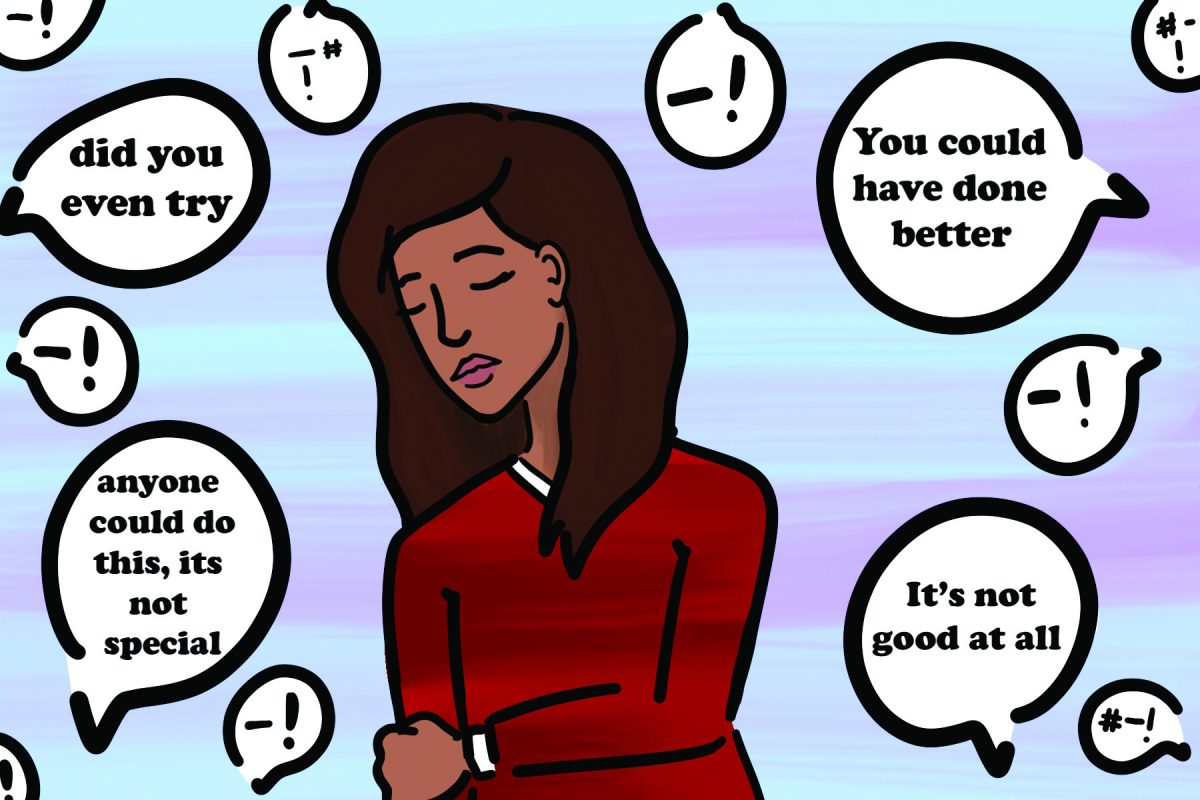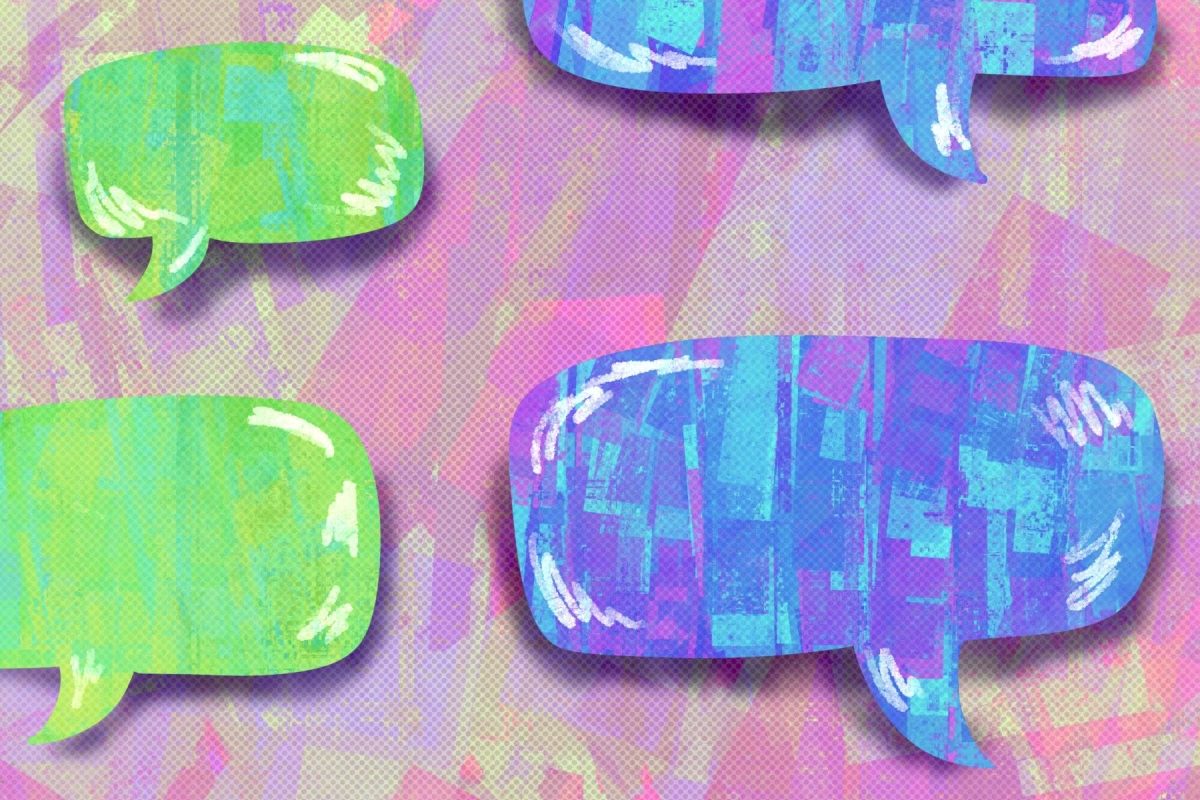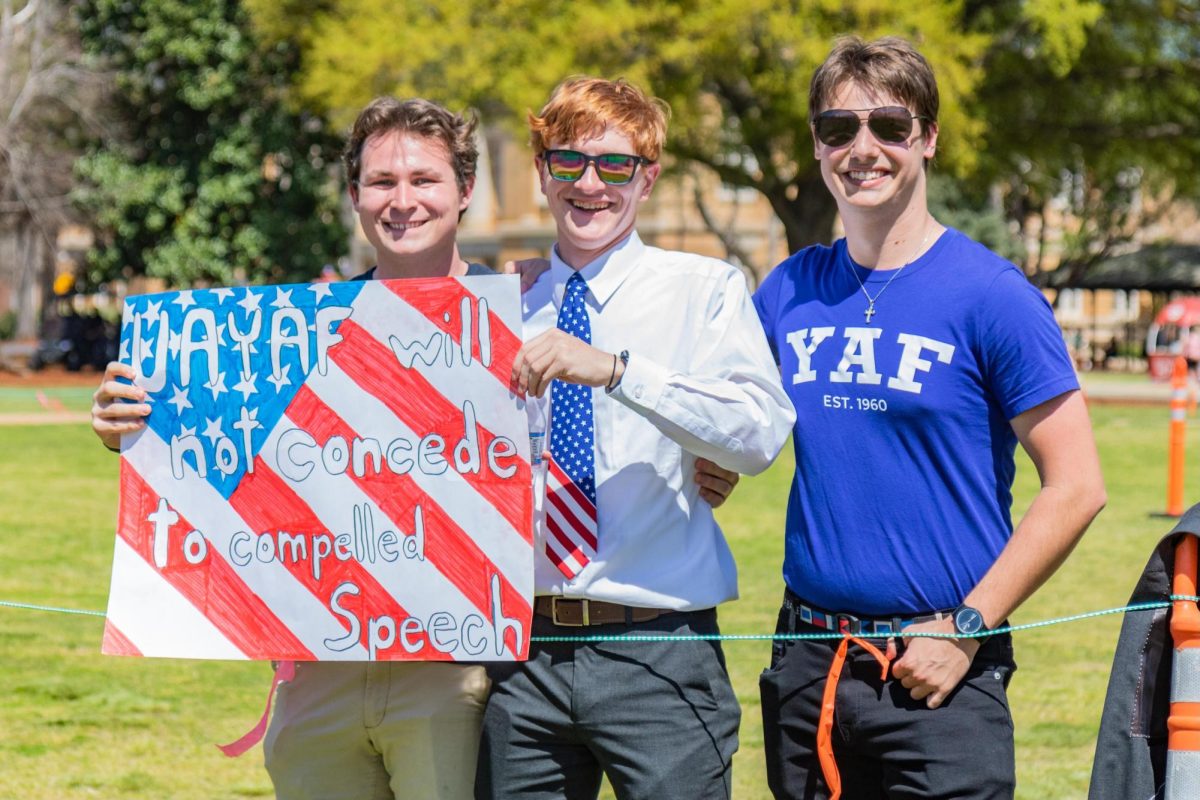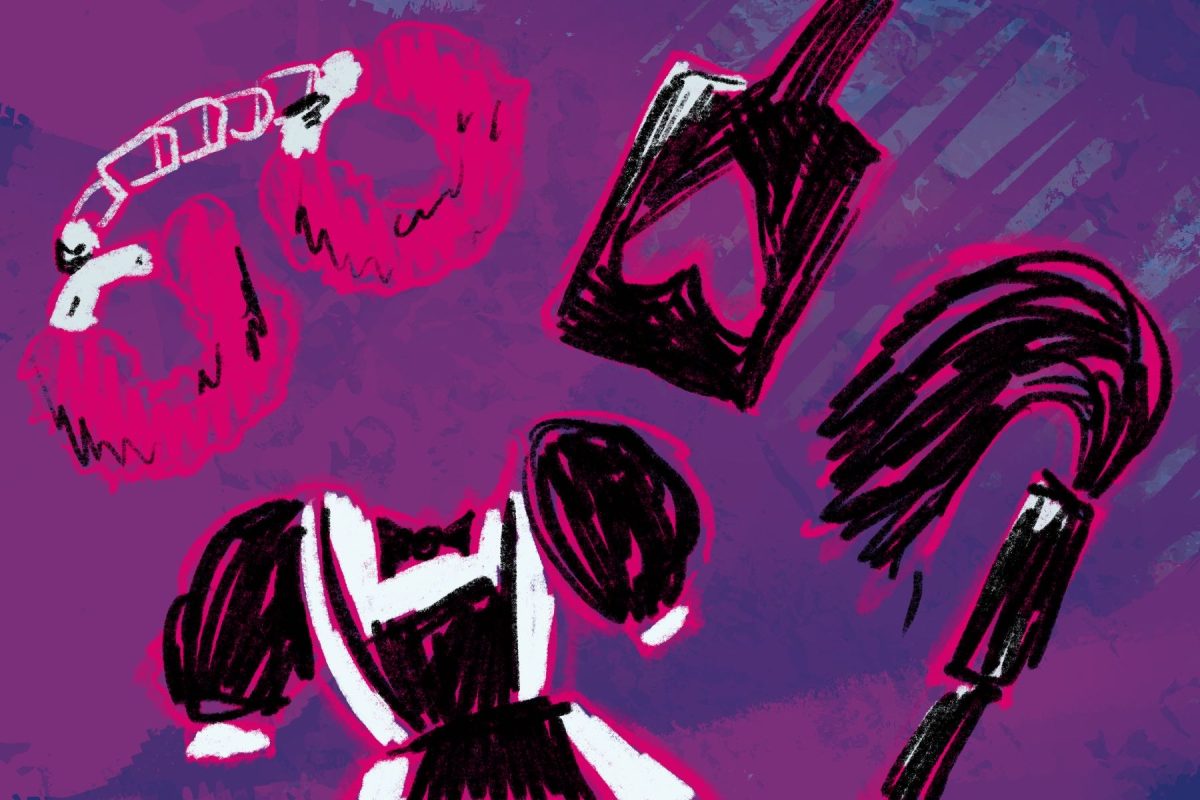Each year during Get On Board Day, we encounter the usual lineup of organizations. While many of them are enriching and valuable, there is something missing — clubs that speak to the oddly specific interests and everyday quirks of our student lives. Here is a collection of fictional clubs that, if made real, would add to the coolness of the already existing clubs.
The Procrastinators Club
Club Characteristics: Meetings are frequently delayed, events are loosely planned and members find comfort in the shared experience of finishing assignments five minutes before the deadline. Although the club rarely meets, the group chat remains lively the night before exams.
Soup Club
Club Characteristics: This club celebrates the diversity and warmth of soups from around the world. Weekly tastings, seasonal soup reviews and dining hall soup rankings keep the meetings engaging. The club becomes especially popular during colder months.
The PowerPoint Party Club
Club Characteristics: At each meeting, members present short, entertaining slide decks on unusual topics. Past presentations include “Is peanut butter a soup?” and “A list of favorite parking spots.” Creativity and humor are always encouraged in this club.
Meme Archaeology Society
Club Characteristics: Dedicated to studying internet culture through memes, this club tracks the evolution of viral content over the years. Members archive classic memes, analyze trends and host events such as “Vine Night” and “TikTok Retrospective Week.”
The Mildly Competitive Walking Club
Club Characteristics: Participants walk around campus at a brisk but relaxed pace. The club promotes fitness without pressure, while allowing members to log their steps and quietly compare progress. Music recommendations are often exchanged during walks. While the walks are recreational, some competitiveness is always present.
Unconventional Fashion Club
Club Characteristics: A space for self-expression through clothing, this club welcomes experimental styles, theme days and DIY outfit challenges. Whether dressing like a fictional character or wearing clothing from different decades, members explore fashion outside current trends. They also might have an award category for the best-dressed student on campus.
Water Bottle Analysis Club
Club Characteristics: This club reviews the aesthetics, design and usability of various water bottles. Weekly discussions might include hydration habits, bottle maintenance and environmental impact. Students often bring in their favorite bottles for informal “show and tell.” If I were to choose one of these clubs, this one would be it.
The Ironic Overachievers Association
Club Characteristics: This group turns everyday tasks into highly organized projects. Members create spreadsheets for movie nights, design itineraries for casual outings and thrive on to-do lists. Although presented as nerdy, the club is full of kind people who foster real skills in planning and organization.
The Existential Discussion Club
Club Characteristics: This club is focused on thoughtful dialogue. It provides a space to explore questions about identity, purpose and modern life. Members engage in guided conversations and reflect on topics that are often overlooked in academic settings. While similar in spirit to philosophy clubs, this group centers more on personal insight than academic theory. Whether drawing from literature, pop culture, science or lived experience, all perspectives are valued. Meetings are themed around questions like, “What does it mean to live authentically?” or “Is meaning something we find or create?” The goal of this club is to provide a safe space for all kinds of discussions about life.
Because the University already has enough clubs — more than 600 — to make every student feel like a part of the campus community, the void of not having these unreal clubs may not sting. Nonetheless, these would be cool additions.









